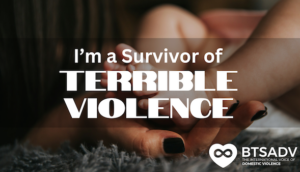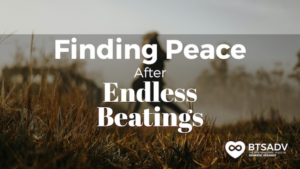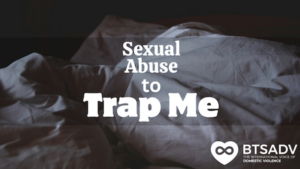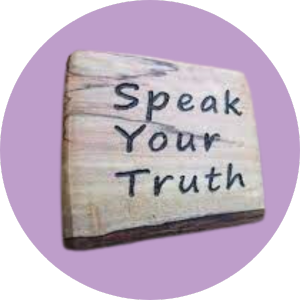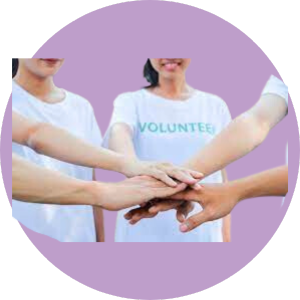By: Rebecca Lynn
Are you being stalked? Stalking can be subtle, often mistaken for intense love, and extravagant gestures. Stalking can be more obvious, such as continuous calls, texts, emails, and a constant feeling of being watched. Stalking can also be more intense with threats, damaged property, and unwanted visits. Often it is difficult for the victim to recognize subtle signs, and even more difficult to prove them. The Stalking Prevention, Awareness, and Resource Center (SPARC) reports 1 in 6 women and 1 in 17 men have been victims of stalking by a current or former intimate partner.
So what exactly is stalking? According to the United States Department of Justice, the term stalking means, “engaging in a course of conduct directed at a specific person that would cause a reasonable person to fear for his or her safety or the safety of others or suffer substantial emotional distress.” You may be unsure if you are being stalked; maybe they are not threatening you, but rather refusing to accept that the relationship is over. You may be uncomfortable, annoyed, and unsure of what to expect at any given moment. On the other hand, you are noticing that they seem to be everywhere that you are, have threatened you, or your identity. How serious is it? Based on research from the Stalking Resource Center 89% of murdered female victims were physically assaulted and stalked within the 12 months of their death.
Stalking is not only difficult to identify but equally as challenging to prove. However, all types of stalking are dangerous and should be taken seriously. According to the Handbook for Stalking Victims, calling the police is an essential first step, regardless of how much evidence you have, or how serious they take the allegations. A police report is documented and is valuable information that can be provided regarding how to document incidents, and community resources focused on stalking victims. Emergency calls regarding stalking are complex and are often questionable when it comes to breaking the law. Consistent phone calls, unwanted gifts, and feelings of being watched are not always an arrestable crime, at least not by themselves. Victims are often discouraged after reaching out to authorities. However, it is the beginning of the documentation essential to prove the stalking.
Documentation is vital to show evidence, patterns of offenses, increase credibility, and help those in civil and criminal courts understand the impact the stalker has had on your life. What information should be documented and how should it be documented? The Stalking Resource Center offers an online Stalking Incident Log, similar to SPARC’s Stalking Documentation Log. If you are not comfortable or safe using technology, a simple spiral notebook or journal can serve the same purpose. The key to documenting is to include every incident regardless of how insignificant or repetitive.
Below are some recommended incidents, behaviors, and important information that should be documented:
- Incident Description: this should include the date, time, location, witness information, and a detailed depiction of the incident.
- Corroborating Evidence: dated texts, pictures, phone call records, screenshots, surveillance videos, receipts for repairs, or physical evidence left at the scene.
- Involvement with Authorities: police reports, names & badge numbers, and additional paperwork received during the interaction.
- Detailed Discussion Notes: document all related conversations; include the names, dates, profession (parole officer, victim advocate, etc.), phone numbers, and information provided. Include attempted phone calls or visits that did not result in an interaction.
- Personal Impact: explain both the short and long-term impacts of the incident.
- Concern for Safety: express how this incident made you feel. Use words that describe why you felt harassed, fearful, or threatened.
Stalking is real and often ignored or downplayed by both the victim and the community. Stalking can be driven by control, obsession, or retaliation, all of which can turn deadly. If you believe that you or someone you know is a victim of stalking, you can take the Stalking Harassment and Risk Profile on the SPARC website. It is crucial to document each incident, safely, accurately, and as detailed as possible. If you are unsure of the warning signs, follow your gut, do not ignore your instincts, they are often the best indicator that something is not right.
If you or someone you know is in an abusive relationship, there is help. You can visit the Break the Silence Against Domestic Violence website at www.breakthesilencedv.org or chat with one of our helpline advocates at 855-287-1777.
